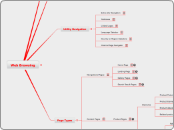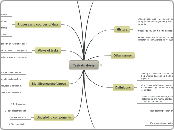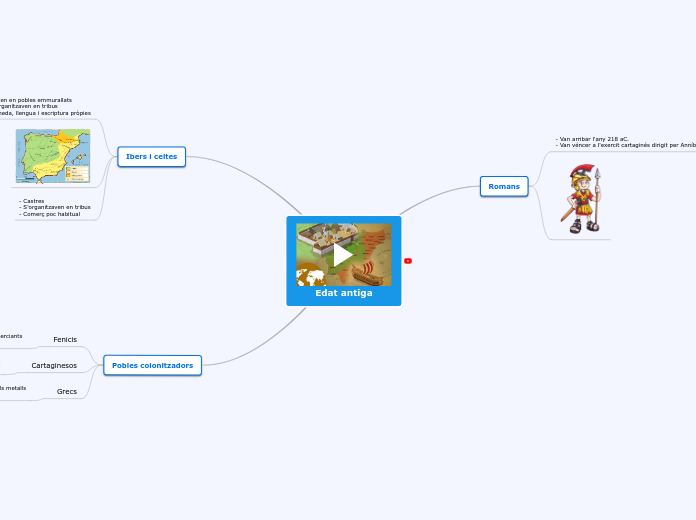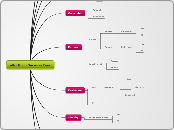Formul@ Motorshow Priorities
Page Types
There are several types of pages that fit with the porpouse of them.
Functional pages
They are pre-built modules that provide specialized functionality.
Web applications
There are several pages that contain interactive features and functionality. Users can write emails, edit spreadsheets, manage projects....They are increasing as a result of the improvement of the web technologies.
Submission Forms
They let the users to submit an information as: an online account or profile, to apply for a job...
Search Forms
It is quite extensed for the site search feature to be a small entry field on the home page or on all pages of a
site.
It is also common the advanced search, which needs a separate page.
Navigation on a search form is often quite minimal.
Word wheels
Scooping Options
Content Pages
They have a huge importance, they focus on the content of the site.
Product Pages
They give a large range of information related with a specific product.
Functional Elements
Email this page
Change size or color
Save to a wish list
Add to a shopping cart or purchase
Elements
Related products
Product details
Product Elements
Product Pictures
Navigational Pages
Its goal to direct people to the content they are looking for.
Search Result Pages
They have a resemble with gallery pages, but are dynamically created based on user-entered keywords.
Gallery Pages
They have so much in common with the previous ones but they provide a more specifical content. Whatsmore, they contain information andd rated opinions of the product.
Landing Page
Also known as: sub-section start pages, category pages, overview pages and department pages.
It provides an overview of main site categories, it usually match with the options of the main navigation and it highlight them.
Home Page
It provides a quick view of the website to the user. There are sometimes lower levels of navigation on the home page.
Utility Navigation
This third type of navigation, connect the user to the tools and features that assist them and/or enhance their experience.
They have a higher impact than the previous ones.
There are several types as: Language and Country Selectors, Toolboxes, Extra-site Navigation, etc.
Internal Page Navigator
Also known as: anchor links, jump links.
Due to a so much long web, this navigator alows the user to jump from one section of a page to another.
It serves as an index for the user.
Country or Region Selectors
The content of the site may vary depending on the country or market. a country selector allows visitors to pick their market region.
Language Selector
It allows the user to choose his preferred language.
Linked Logos
It links to the logo and it provides a predictable way to return to the main page.
Toolboxes
They bring together site options that perform functions (tools) for doing things on the site. toolboxes may include links to content or navigation pages, but often they link to functional pages.
Extra-site Navigation
It is useful to link to other sites so the user can switch to another related web owned by a single provider.
This link is not reciprocal so you can not go back from the related site to the original one.
Associative Navigation
This other type of navigation, includes those links that have something in common with the information shown. There are three types: contextual navigation, quick links and footer navigation.
Footer Navigation
It includes either functional links or may give the user access to information which should be easy to obtain yet not important enough to be part of the structural navigation, such as the Terms and Conditions of the website, Copyright Information, etc.
Quick Links
They provide access to important content or areas of the site that may not be present in the main navigation.
Contextual Navigation
Is either embedded in the text itself or is present at the end or the side of the content, connecting the meaning of the hyperlinked text with the hyperlinked reference, It give important infornation that it is not in the global navigation.
Adaptive Navigation
It is a special kind of a contextual navigation. It is generated by the user's behavior, it relies on the number of visits, it is popular nowadays to make recommendations on e-commerce sites.
Related Links
It can be at the end or to the side of content.
Embedded Navigation
When It is the text itself as a result, so it is often represented as plain text links.
Structural Navigation
This type of navigation is the most used type that is because it is flexible, easy and efficient. It allows the users to navigate in an easy way through hierarchical pages of a website, all the content is related.
It goes from the general to the specific; from a homepage to the sections and subsections of its page.
The aim of this website navigation system is to provide an easy user interaction.
Local Navigation
Main Navigation









